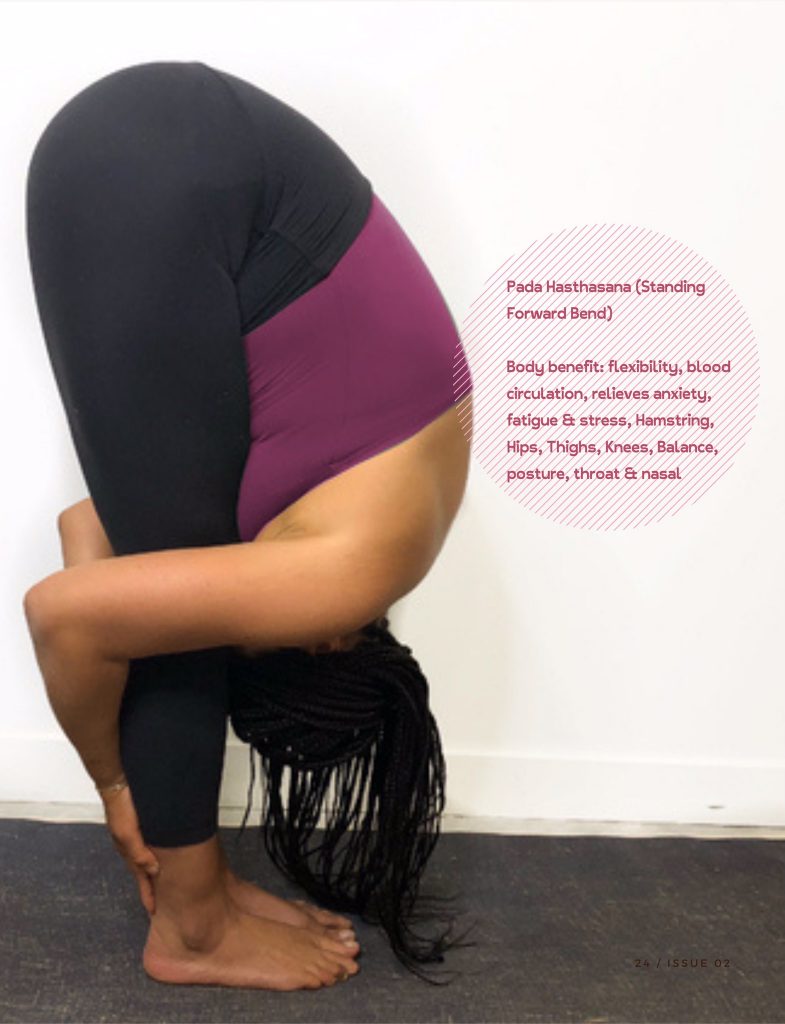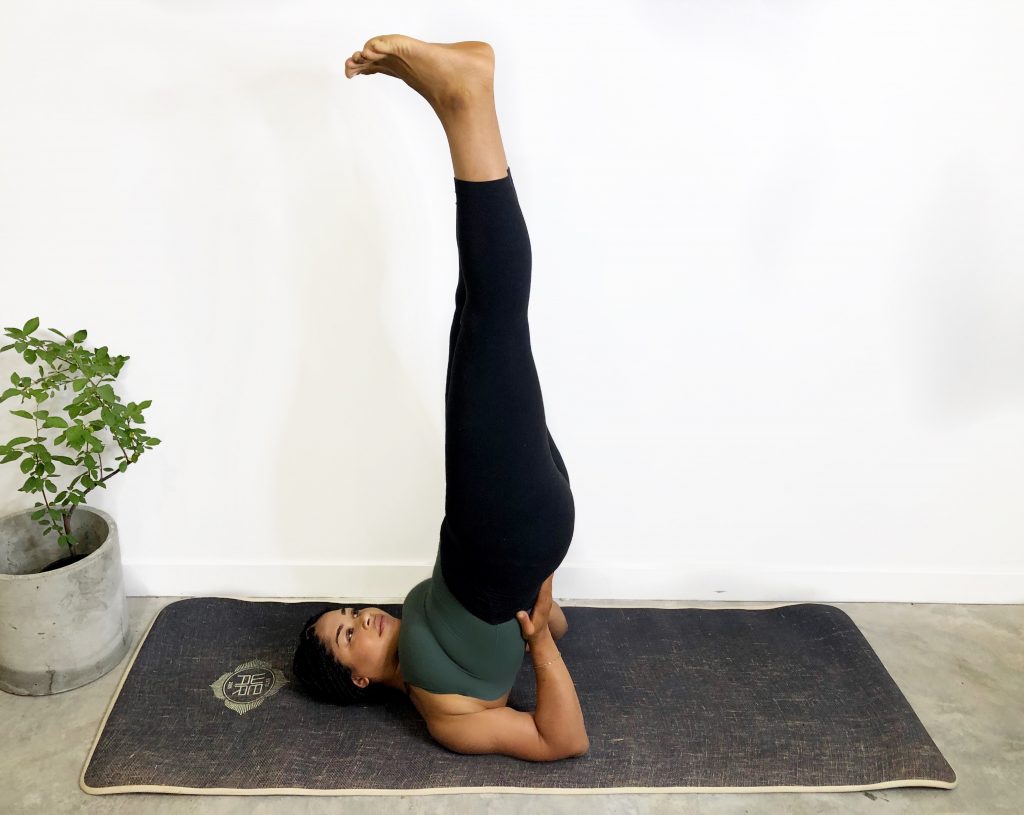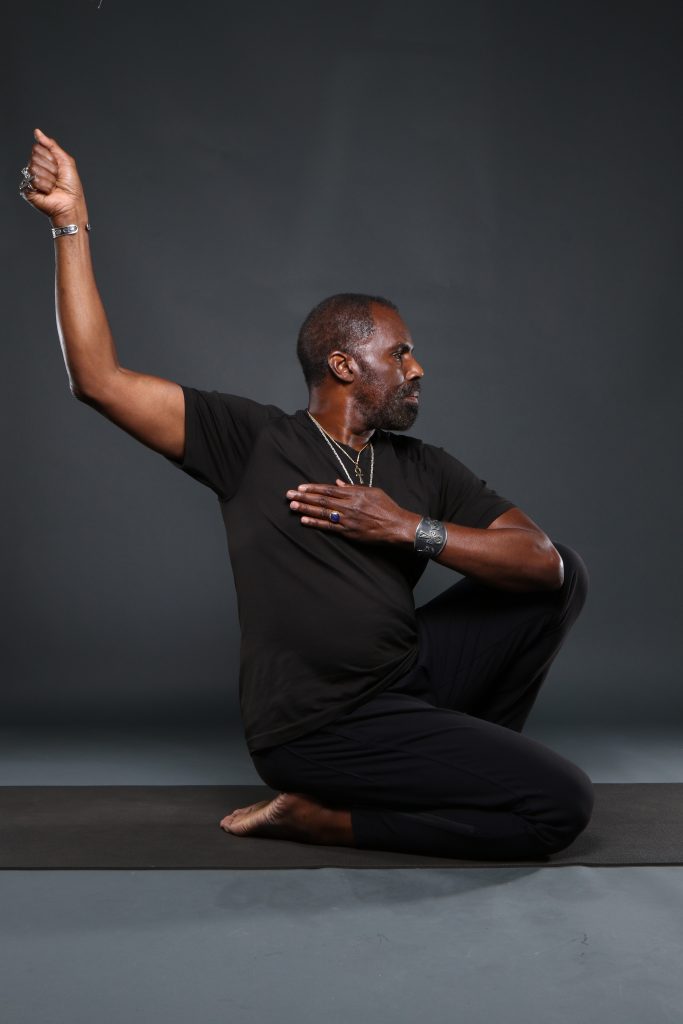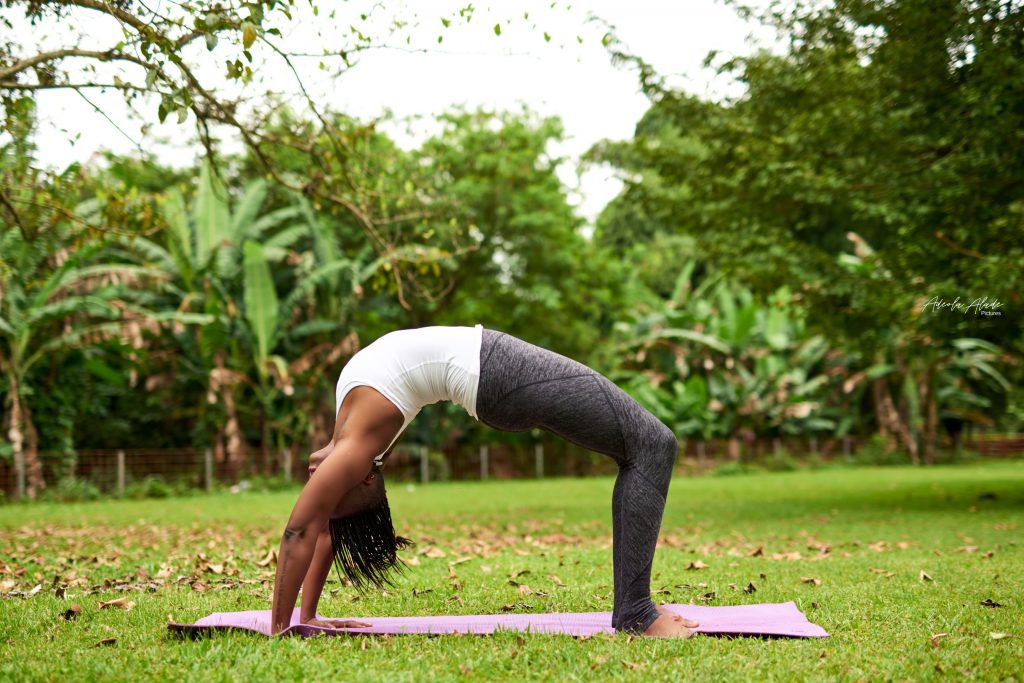Ha means ‘Sun’ and tha means ‘Moon’. Hatha is the balance between Sun and Moon energies in you. Moon energy is related to cool, comforting, introverted, feminine, and intellect. Sun energy on the other hand is warm, challenging, masculine, and governs vital processes in our body. The Moon and Sun energies are called ‘Ida’ and ‘Pingala’ respectively in yoga.
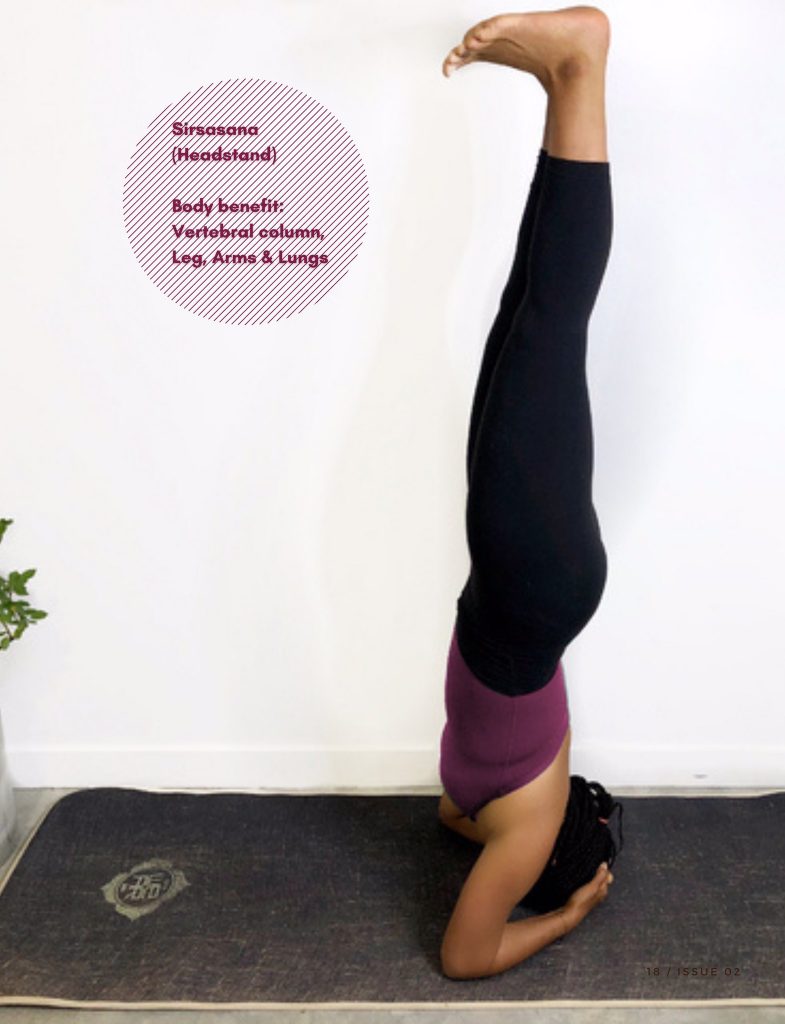
Every time we breathe one of our nostrils is dominant. If the left nostril is dominant, then Ida is more. If the right nostril is dominant, then Pingala is more. By identifying the correct energy, the right set of asanas are performed in conjunction to achieve a balance between the mental and physical aspects of the body. For example, for Ida, back stretches, twists, and standing poses are performed. In the case of Pingala, seated postures are performed.
An all-encompassing yoga practice contributes to a range of positive changes. These changes do not pertain to just our physical selves only.
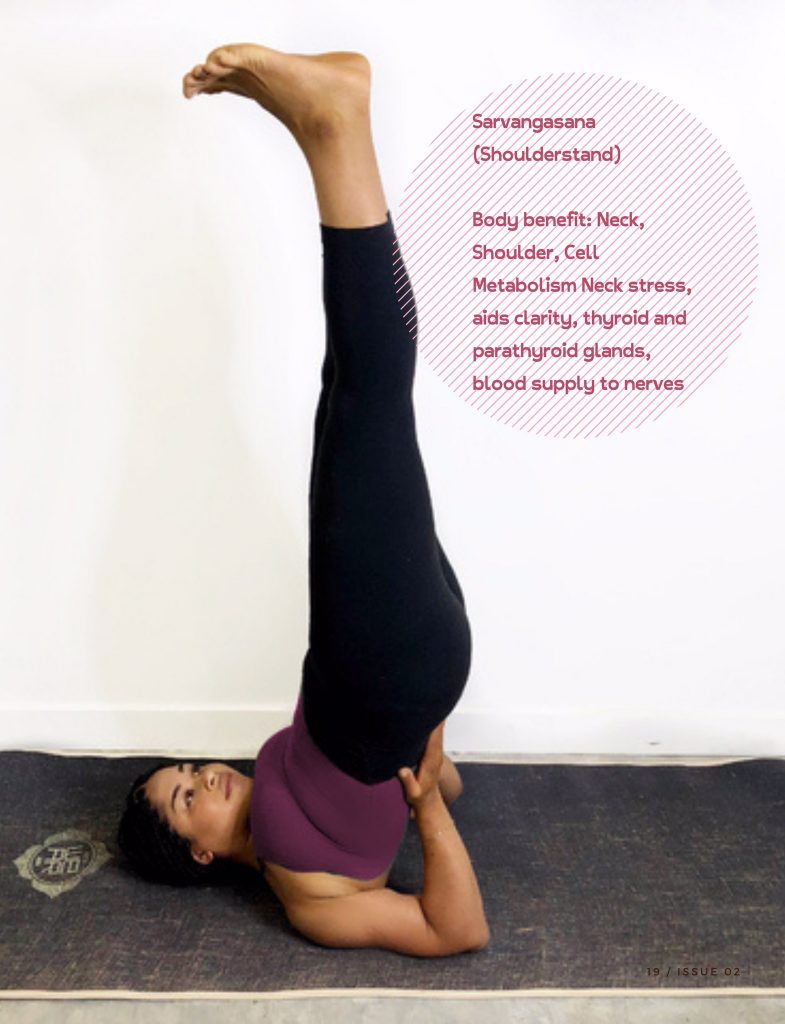
Our emotional and mental health are also positively affected by these Hatha Yoga practices at the same time. They lead to the release of grief and sadness from our minds, promote happiness and intense feelings of wellbeing, and of course, bring an all-round experience of relaxation and calm.
Facilitating an effective means to feel more connected and engaged with the elements of ourselves and the real world.
Here we offer some tips on how to approach your Hatha yoga practice and things to consider.
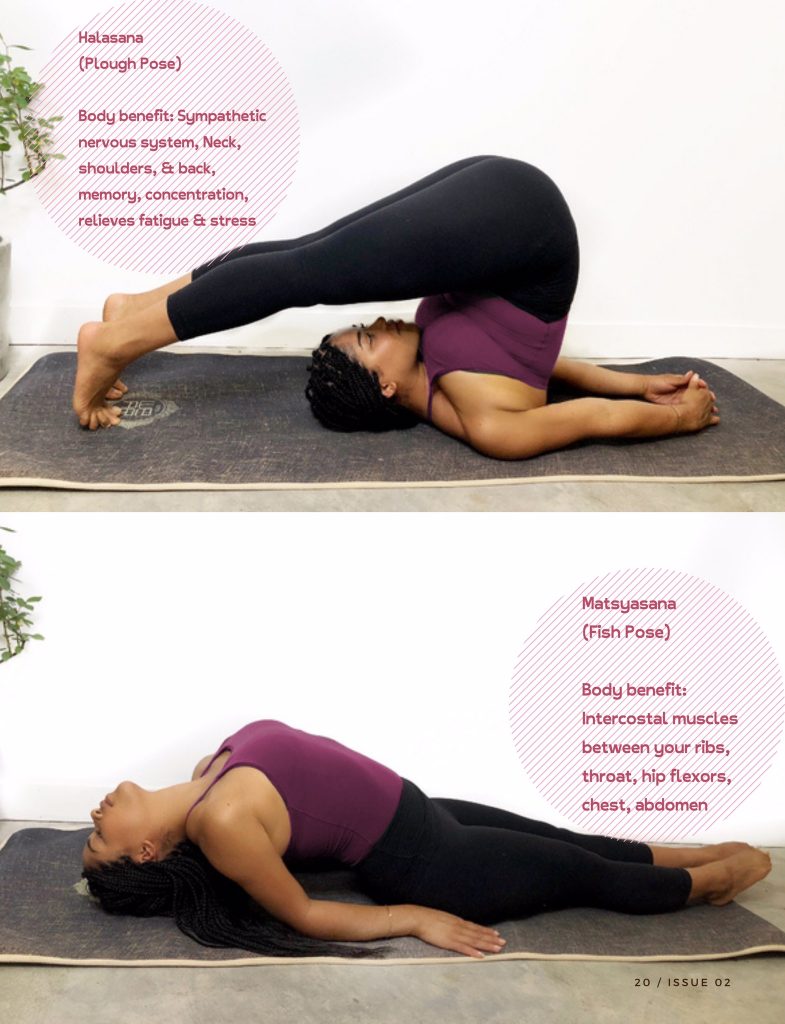
For beginners, aim to quiet the mind in preparation for each and every asana. Aim for focused pranayama, breath control in order to open the channels and warm the body.
If you are following classes online or on-site, ensure you follow the instruction of an experienced yoga teacher to avoid injuries. If a yoga teacher is not correcting your incorrect body alignment, it usually
means they don’t see the error, this may be a sign of their lack of experience.
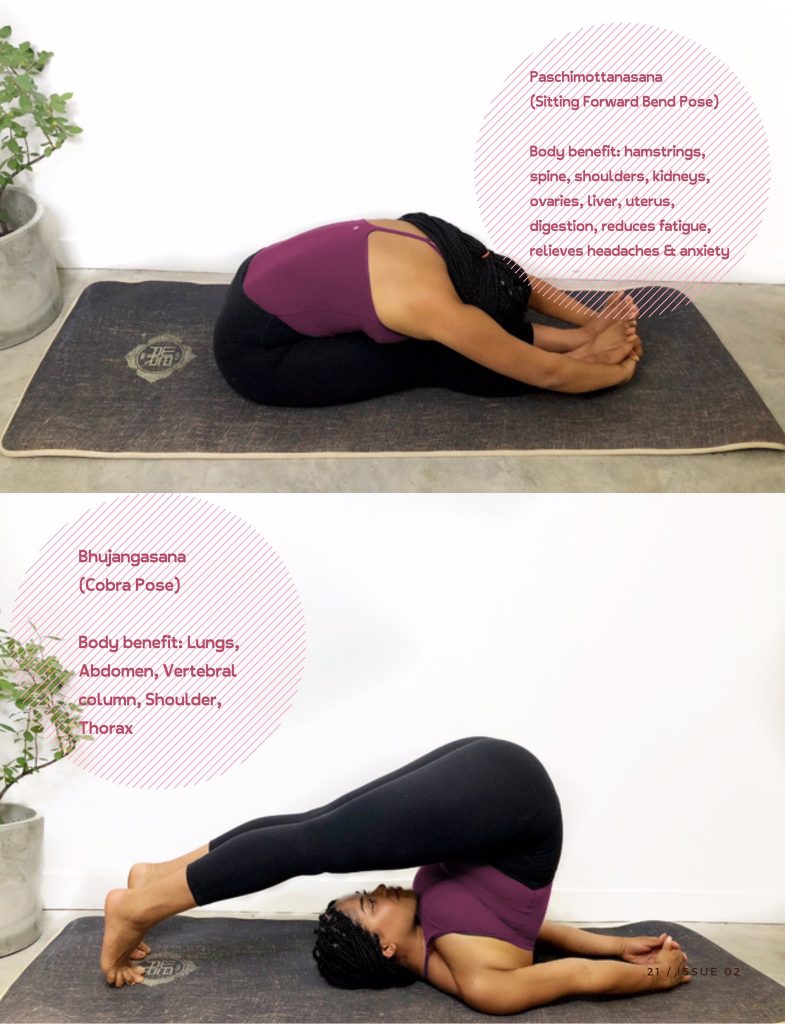
Be mindful to find experienced teachers that understand anatomical adjustments that may be required during the class. If you are practicing alone, consider your alignment and move in and out of each asana with care.
As you perform the asanas, be aware of how the energy is moving throughout your body, how you feel. By tuning into the muscles, ligaments, nerves, and any stagnation or tension in the body and with your breath shift smoothly into the next asana, ensuring to lengthen and use the breath to release the energies. During all postures, inhale using the diaphragm, not the chest muscles. Hold the breath on the inhale for a few seconds and then hold the breath on the exhale for a few seconds.
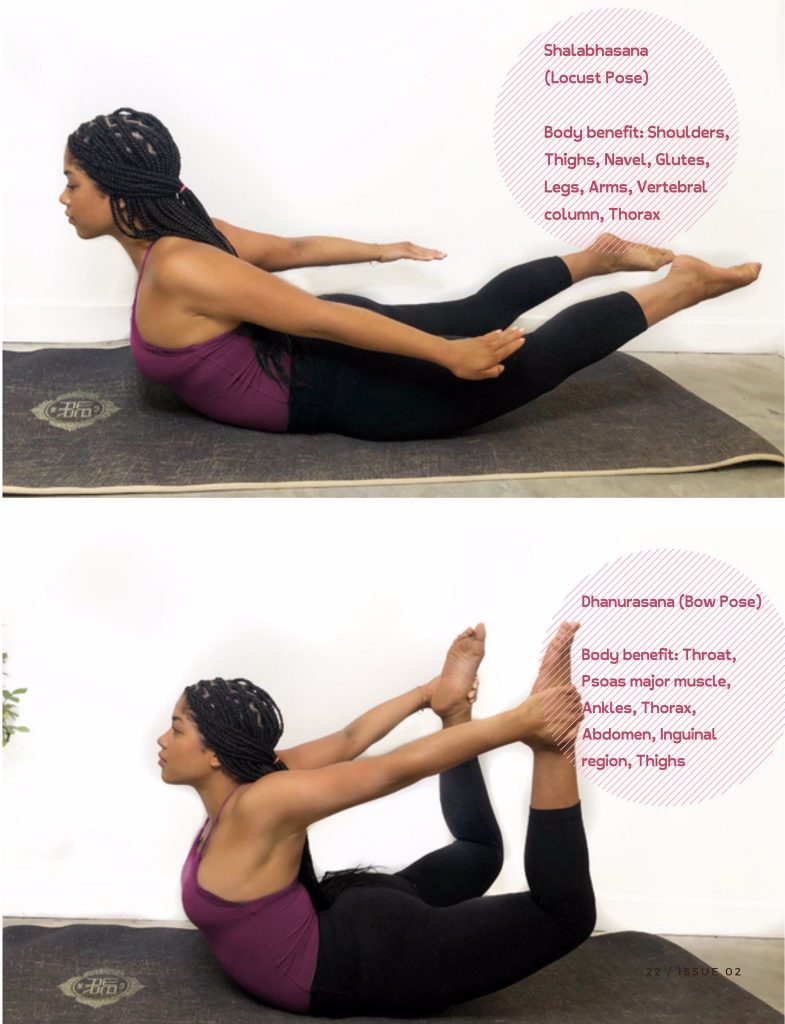
Do not stretch unduly or force the body. Relax into the poses. Don’t worry if you can’t perform them all. The only competition is with yourself. Be gentle with yourself, in time, you will find the body becoming more flexible and supple. Most importantly, free the mind of thoughts. Thoughts will come up during your practice; conversations, events, things to do…let thoughts pass as they come to you, avoid remaining too long on thoughts that come up, as they can incur blockages in the energy centers should your thoughts induce anxiety and tensions, again just focus on the breathwork.

Sivananda Hatha Yoga 12 Asana Sequence
Spiritual teacher and founder of several schools and author of 296 books, 200 of those about yoga, Sivananda Saraswati created one of the most common Hatha Yoga sequences besides the Surya Namaskar, Sun Salutation. Here we present the Sivananda Hatha Yoga 12 asana sequence and the benefits these asanas have on the body. Try each one carefully, gradually increasing your flexibility, range of motion, and strength.
